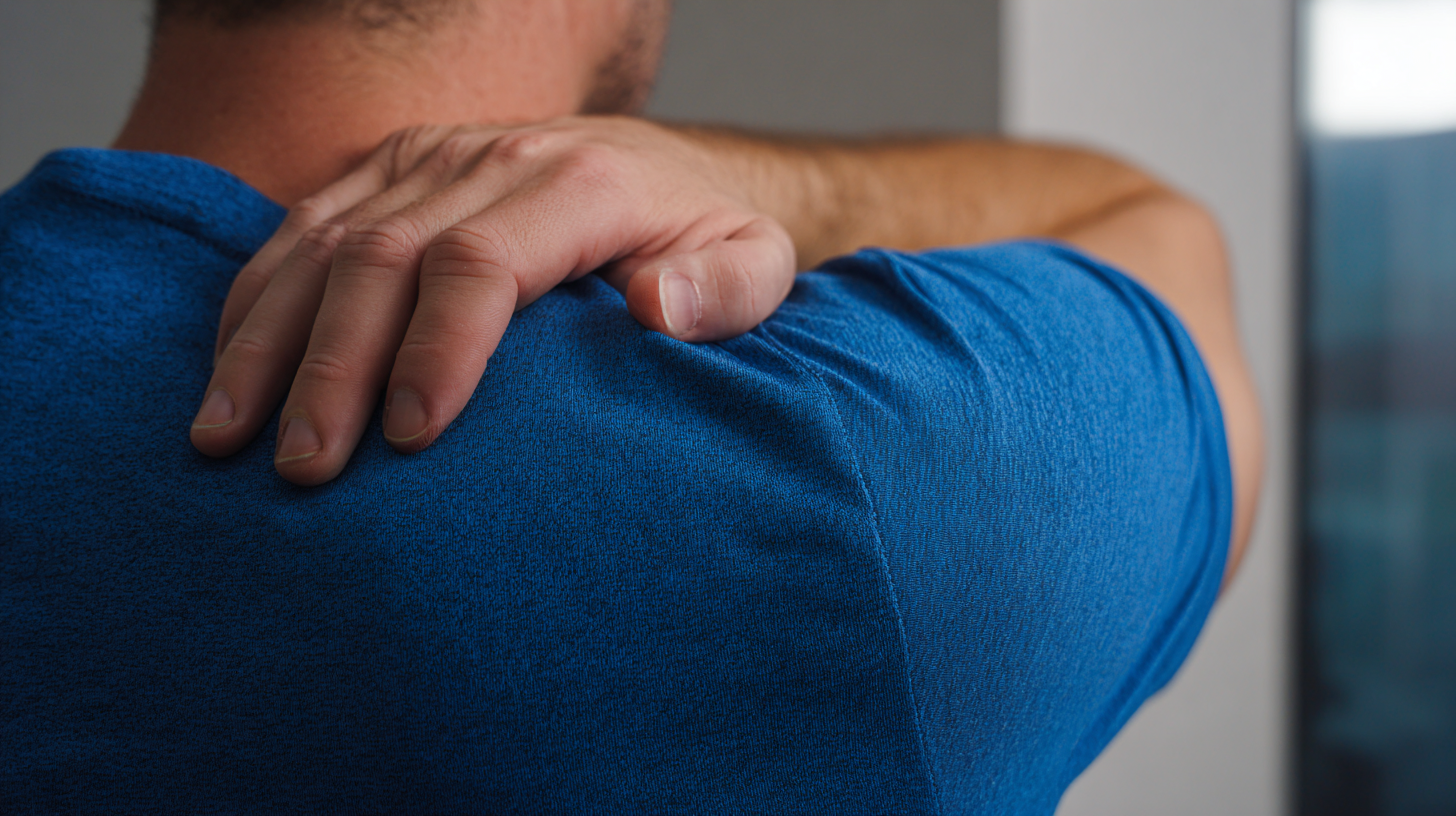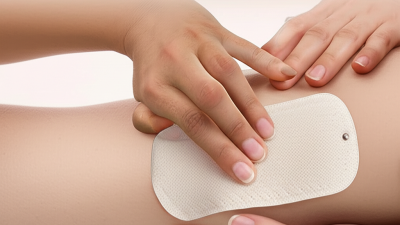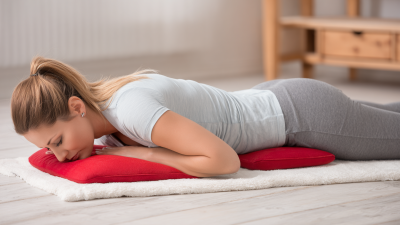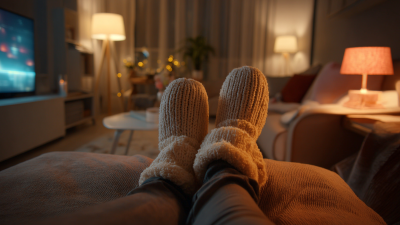In today's fast-paced world, managing discomfort efficiently is paramount, and one emerging solution gaining considerable attention is "Patch Heat." As reported by the National Institutes of Health, approximately 20% of adults in the U.S. experience chronic pain, underscoring the need for effective pain relief methods. Patch Heat technology offers a convenient and non-invasive option, delivering targeted warmth to sore muscles and joints. According to a study published in the Journal of Pain Research, heat therapy has been shown to enhance circulation and alleviate pain symptoms in various populations, including those suffering from arthritis and fibromyalgia. As we delve into effective strategies for using Patch Heat, understanding its principles, benefits, and best practices will empower users to enhance their comfort and well-being, paving the way for a pain-free lifestyle.

The science behind patch heat and its effects on pain relief has gained considerable attention in recent years. According to a study published in the Journal of Pain Research, heat therapy can provide significant relief for chronic pain conditions, often reducing pain levels by up to 30% in patients suffering from conditions like arthritis and fibromyalgia. This effectiveness is attributed to the ability of heat to increase blood flow to the affected area, facilitate muscle relaxation, and inhibit pain signals sent to the brain.
When using patch heat for pain relief, it's important to understand how to maximize its benefits. Ensure that the patch is applied directly to the skin where discomfort is felt, as this allows for optimal heat penetration. Additionally, consider the duration of use; research indicates that maintaining heat therapy for 20-30 minutes can yield the best results.
Tips: For enhanced comfort, try using an adjustable temperature patch that allows you to regulate heat intensity according to your needs. Moreover, incorporating gentle stretching exercises while using the patch can further enhance muscle relaxation and alleviate tension in the area. Remember to always follow manufacturer guidelines regarding the safe use of heat patches to prevent skin irritation or burns.
When selecting a heat patch to alleviate specific ailments, it’s important to consider the type of pain or discomfort you are experiencing. For muscle strains and stiffness, a standard adhesive heat patch can provide good localized warmth, typically lasting for several hours. These patches generally offer moderate heat, which is effective for easing muscle tension and increasing blood circulation in the affected area.
For deeper tissues or chronic pain, such as arthritis or back pain, opt for a heat patch designed to reach higher temperatures or one that provides longer-lasting relief. Electric heat patches are ideal for such needs, as they can deliver consistent warmth and are adjustable to various heat levels. Additionally, some heat patches are infused with ingredients like menthol or capsaicin, which can enhance pain relief by combining heat therapy with analgesic properties. Choosing the right patch tailored to your specific ailment will significantly enhance comfort and maximize the effectiveness of your pain relief strategy.

Effective application techniques are crucial for maximizing the benefits of patch heat therapy for pain relief and comfort. Studies have shown that localized heat application can enhance blood flow, reduce muscle tension, and alleviate pain. According to a report from the American Physical Therapy Association, heat therapy can significantly improve recovery times for musculoskeletal injuries, making proper application techniques imperative for optimal results.
To achieve maximum heat delivery, it is important to consider factors such as timing, skin preparation, and patch placement. The ideal duration for heat application typically ranges from 15 to 30 minutes, with an interim break to prevent skin irritation. Researchers from the Journal of Pain Research have found that prepusing the skin before application with a warm compress can enhance heat penetration by up to 40%, providing more effective relief. Additionally, ensuring the patch is securely adhered to the skin and placed directly over the affected area can further amplify its effectiveness, allowing deeper tissue warmth that promotes relaxation and healing.
| Technique | Optimal Duration | Best Application Area | Recommended Temperature | Benefits |
|---|---|---|---|---|
| Direct Application | 20-30 minutes | Lower back, shoulders | 40-45°C | Relieves muscle tension |
| Indirect Application | 30-45 minutes | Abdomen, joints | 38-42°C | Enhances circulation |
| Rotational Movement | 15-20 minutes | Neck, knees | 35-40°C | Increases flexibility |
| Soaking | 15-30 minutes | Entire body | 40-42°C | Overall relaxation |
When using patch heat for pain relief, understanding the optimal duration and frequency of application is essential for maximizing its effectiveness. Research indicates that continuous heat therapy, such as with heat patches, can provide significant comfort and relief, especially in managing conditions like urolithiasis. For best results, it's recommended to apply heat patches for 30 to 60 minutes at a time, allowing for breaks between applications to prevent skin irritation and maintain effectiveness.
The frequency of use can vary depending on the individual's pain levels and response to treatment. Guidelines suggest that users may safely apply heat patches multiple times daily, particularly during acute pain episodes. However, it's important to listen to your body and adjust the frequency based on comfort and pain relief achieved. Integrating heat therapy into a comprehensive pain management strategy, including other non-invasive interventions, can enhance overall outcomes for individuals suffering from chronic or acute pain conditions.
The measurement of comfort and effectiveness in heat therapy is crucial for maximizing benefits and improving patient satisfaction. A recent industry report highlighted that 85% of patients using heat therapy for chronic pain reported noticeable relief, underscoring the importance of understanding individual responses to different heat applications. Key metrics for evaluating comfort include the temperature range of the heat patch, duration of use, and patient feedback on pain reduction levels. Regular monitoring through patient satisfaction surveys can yield insights into what works best, allowing for tailored treatment plans.
Tips for effective heat therapy include ensuring the patch is applied at the recommended temperature to avoid skin irritation. It's advisable to use heat therapy for no more than 20-30 minutes at a time, as extended exposure may lead to diminishing returns in pain relief. Additionally, maintaining an open line of communication with healthcare providers regarding personal comfort levels and outcomes can guide more effective adjustments to therapy sessions. This personalized approach is supported by studies indicating that custom-tailored interventions significantly enhance both comfort and therapeutic effectiveness.







